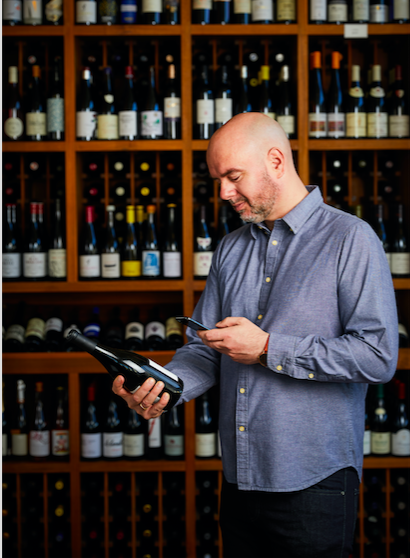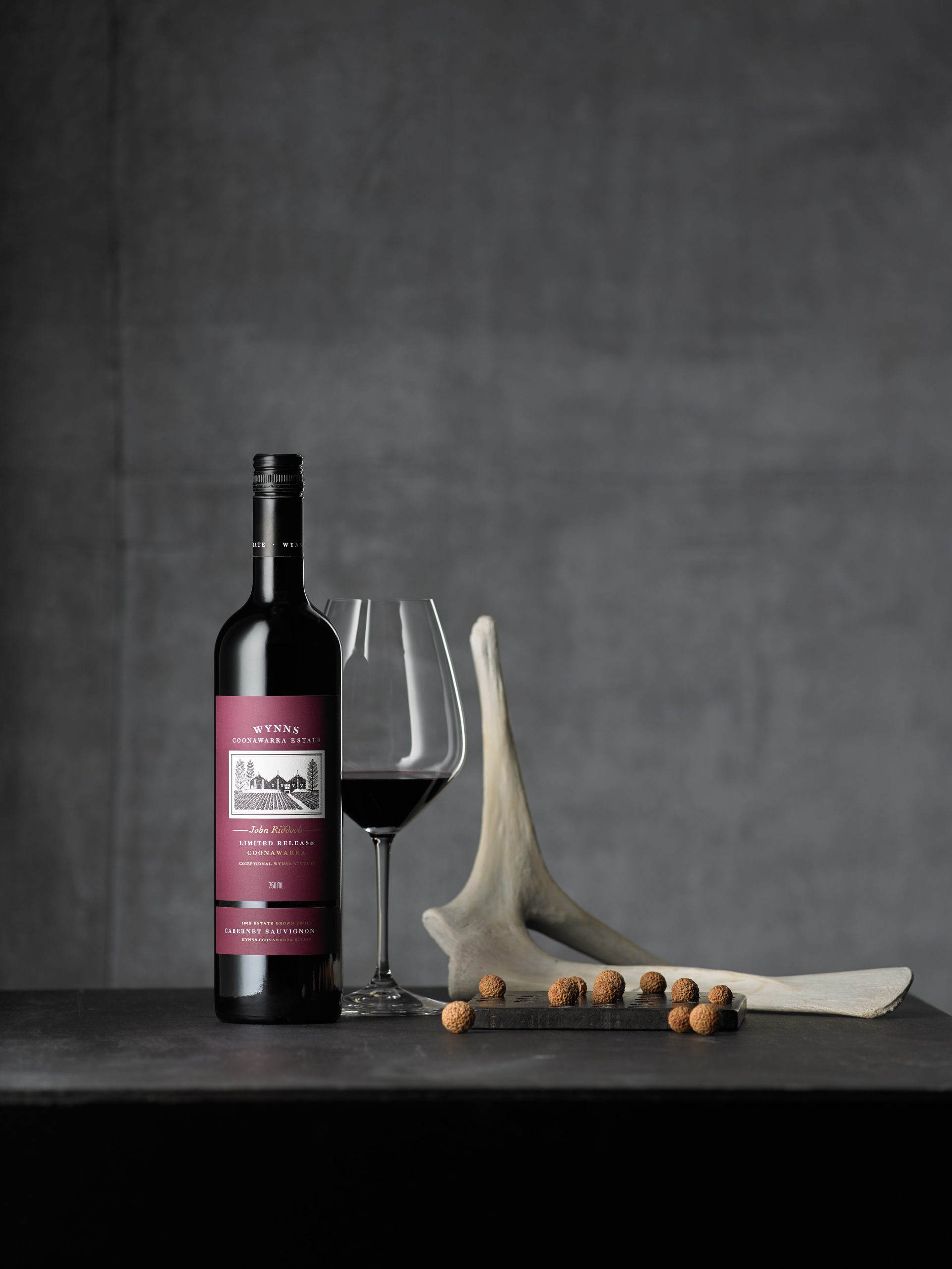How Vivino is shaping the future of wine retail
Vivino is one of the success stories of lockdown, having grown its global sales by over 100% in the last year. We catch up with the app’s co-founder, Heini Zachariassen, to find out where the future of online wine retail is headed.

While the pandemic has been challenging for many wine businesses, one company has benefitted hugely from shifting consumer trends. Early to the online wine party, Vivino was founded in 2010 by Heini Zachariassen and Theis Søndergaard and has grown to become the world’s largest wine e-commerce platform. With a network of 50 million users, according to Zachariassen, Vivino is “50 times larger than our nearest app competitor”.
Aiming to serve as a “sommelier in your pocket”, Vivino was created to simplify the wine-buying process, and make it less daunting. “I would go to the supermarket to pick out a bottle but find myself at a loss when confronted with the wall of wine. I wanted to drink better wine but there was no easy way to access information about it. The main driver for building the app was that original feeling of ignorance as I aimlessly stared at the wall of wine,” Zachariassen explains.
Having previously worked for a cybersecurity software company, he was well versed in tech, and felt his lack of wine expertise would play to his advantage in creating an app for similarly novice consumers with an interest in wine and a thirst to learn more.
Before it took off as a retail platform, Vivino was largely used as a wine ratings app where users could access scores, tasting notes, reviews and prices of wines from a simple scan of the label on their phone. Since its inception, over 1.5 billion wines have been scanned on the app, and all users can upload scores, tasting notes and reviews free of charge.
The more users interact with the app, the better their experience will be, as Vivino offers Netflix-style recommendations based on previous purchases and ratings, using its database of 75 million reviews. Zachariassen is on a mission to provide users with an increasingly tailored offering via his ‘Match for You’ function, which calculates a percentage match for the recommended wines that pop up on users’ screens, almost like a dating app. “No one else in the wine industry is harnessing this kind of approach and technology, and no one else has enough data for the machine learning model to function correctly,” he said.

While the on-trade has been decimated by the numerous coronavirus lockdowns, Vivino has thrived. Over the last year its sales have skyrocketed, and current global year on year sales are up by 103%, while UK sales are up 114%. Having feared the surge in online sales may prove to be a one-season wonder, Zachariassen is now confident that the change in consumer buying habits will be permanent.
“At first we thought it was just a temporary uplift in the same way that many people had stockpiled products like toilet paper. But the trend continued, and we could see that people had changed their habits. It’s tough to get people to change practices, but we feel confident that now people know buying wine online and through Vivino is efficient, they will continue to do so,” Zachariassen told db.
Over the last year he has seen a steady conversion of app users to wine buyers as the thirst for e-commerce grows. “On the heels of a year in which online wine sales soared, we are at the forefront of a permanent shift in consumer behaviour. One trend we see happening is consumers buying bottles at a range of price points, including the lower-priced wines they used to buy at the grocery store.”
Vivino currently works with over 700 retail partners in 17 countries around the world. The company is keen to expand its global footprint and is investing money in growing its presence in the UK, US, Japan, Germany and Italy among other markets.
Partner Content
Helping it to do so was a recent round of Series D funding led by Swedish-based investment firm Kinnevik that raised US$155m for the firm. Since its Series C raise in February 2018, led by Vivino’s board chairman Christophe Navarre – the former CEO and chairman of Moët Hennessy – Vivino has increased its user base from 29 million to 50m.
“This new round of investment enables us to go deeper into the UK market than ever before. With consumer behaviour in the UK shifting towards buying wine online, now is the time to invest where demand dictates it. With 2.4m UK users and revenues doubling over the past year, we’ve reached a critical mass of demand, which is visible through the in-app behaviour of our users,” Zachariassen said.

“A big focus for us in the UK will be growing our marketplace of independent wine merchants, developing relationships with them and providing an e-commerce platform that enables them to reach more customers,” he added.
One advantage Vivino has over other wine merchants is that the platform isn’t directly selling wines, but rather connecting users to local retailers, meaning users can trust that their best interests are at heart rather than them being flogged bin end stock the retailer needs to shift. “It’s very powerful for consumers to know that they can come to Vivino for advice and see that it’s objective,” Zachariassen said.
The site makes money by receiving a “marketing fee” from each sale made through the app. Vivino’s winery partners can also pay to have sponsored content on the app. Zachariassen is bullish about the growth potential of the online wine market, which, according to the IWSR, is predicted to be worth US$40 billion by 2024.
He is also expecting to see the emergence of innovative new wine e-commerce platforms, but doesn’t seem too concerned about the competition. “We have built something truly unique, and given the massive amount of data we have, I don’t think we’ll see many replicate our exact model.”
Putting the wine industry around a decade behind the retail world in terms of its harnessing of technology, Zachariassen believes that in order for wine companies to succeed on our new reality, “e-commerce and digital marketing will need to move to be at the forefront and not an afterthought.”
As for the biggest wine retail trends that will emerge this year, he predicts that sparkling wines will continue to soar, as they become less of a special occasion spend and more of an everyday treat. He also believes lockdown may have brought about the death of the ‘week night wine’. “We’ll see online shoppers spend a lot per order, filling their carts with various price point wines, and those average bottle prices moving down.” Whatever the future holds for the wine industry, one thing is for certain, if you don’t have an online presence you’re in danger of being left behind.




